Today, almost five million Ukrainian pupils have gone to school – in person or remotely. Most didn’t have festive assemblies with flowers, songs and first graders reciting poems by heart, as they would have done before the war. The first of September doesn’t feel like a day to celebrate anymore. Today, every third child in Ukraine stayed at home – schools that could not build bomb shelters or are in the 60-mile danger zone from the frontline have not been allowed to reopen. These precautions are in place as gatherings of Ukrainians, even children, can attract Russian missiles and drones. Lockdown demonstrated, starkly, the detrimental effects of ‘home learning’. Screens are no substitute for classrooms. Education has become a casualty of war.
What if the school is struck by a Russian missile?
My eight-year-old brother is one of those trying to study offline. But the dilemma for parents is acute: what if the school is struck by a Russian missile? The authorities claim that 84 per cent of schools have equipped shelters, a basic requirement to reopen classrooms. To meet the required standards, they must be checked by a special commission. The commission’s verdict for my brother’s school is that the bomb shelter could endure a blast wave from an explosion – but not a direct missile strike. Not every pupil will fit in the shelter (there are 600 of them), so they will be forced to attend school in shifts.
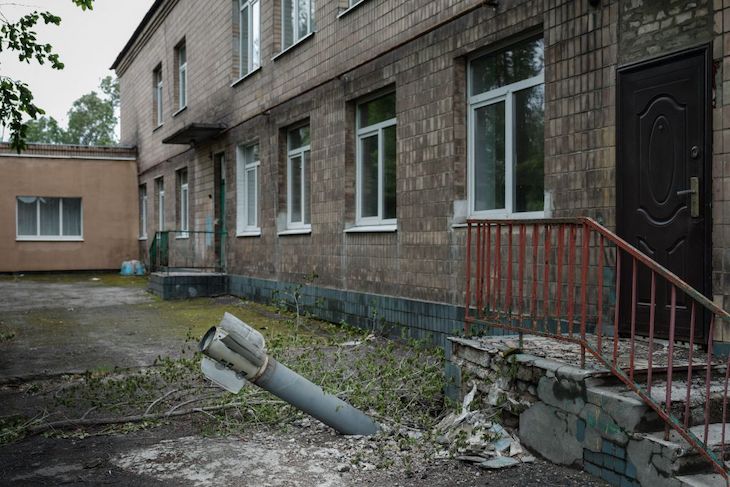 Unexploded ordnance outside a kindergarten in Lysychansk, eastern Ukraine (Credit: Getty Images)
Unexploded ordnance outside a kindergarten in Lysychansk, eastern Ukraine (Credit: Getty Images)
My family lives in the western part of Ukraine, which is far away from the frontline but close to Belarus. A missile fired from there would take about four minutes to reach my hometown. Therefore, when the air raid alert sounds, teachers have little time to lead all the pupils to safety. And being worried about strikes on schools isn’t a product of paranoia: Russia has damaged more than 2,600 schools and destroyed more than 400 since last year’s invasion. A headmaster, her deputy, the school’s secretary and its librarian were killed when a drone hit a school in the Sumy region last month.
Ukrainian parents and teachers are in no doubt about the downsides of screen-based learning. Spending so much time alone breeds a lack of social skills – just one of the things that have been horribly apparent, the world over, in children after the pandemic. Because of this, many would prefer to take their chances with classes in bomb-shelters than opt for remote alternatives. In Kharkiv, for example, five metro stations have been turned into makeshift classrooms, each with enough space for 60 classes and 1,003 children. The city is under constant Russian attacks, missiles reach it within 40 seconds, so running to a bomb shelter is not an option.
Fighting for Ukraine’s future also means fighting for education. As Ukrainian soldiers said today in an address to pupils going back to school: ‘Knowledge and culture are what distinguish us from the enemy. These are the pillars on which today’s front stands and the future of our country will be built.’
This article originally appeared in the weekly Ukraine in Focus newsletter. Sign up here.
Got something to add? Join the discussion and comment below.
Get 10 issues for just $10
Subscribe to The Spectator Australia today for the next 10 magazine issues, plus full online access, for just $10.

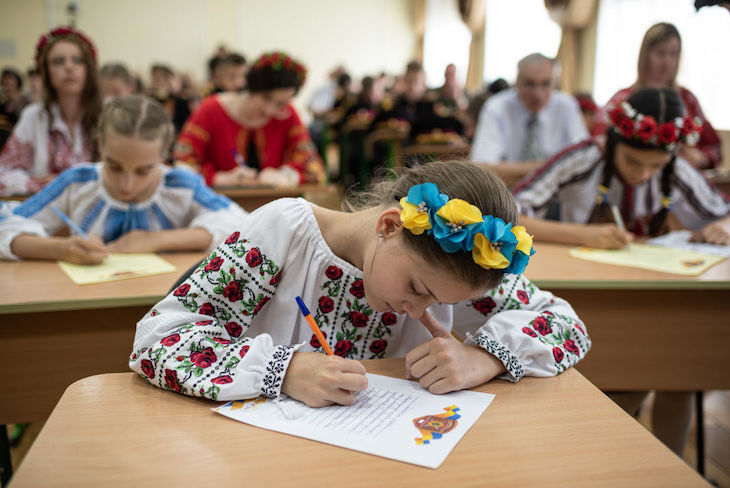
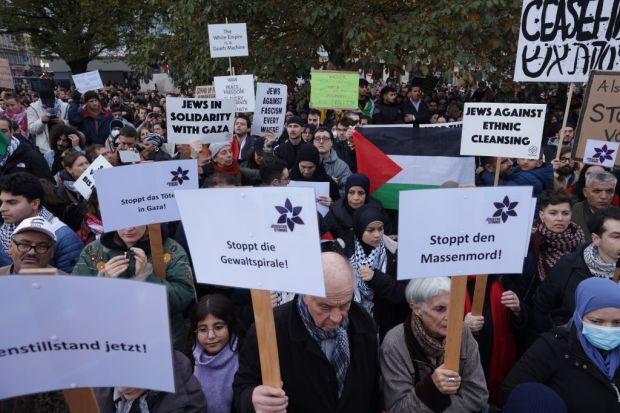


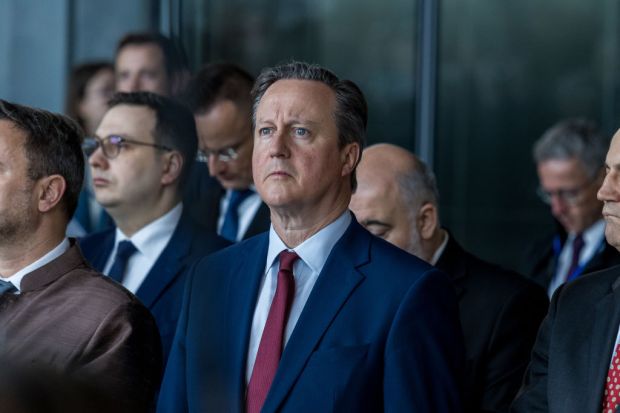
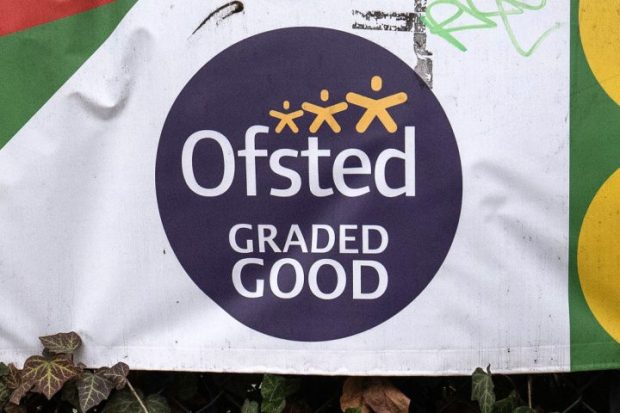
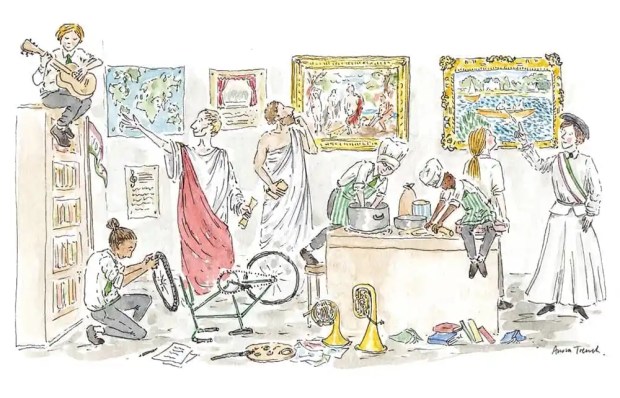












Comments
Don't miss out
Join the conversation with other Spectator Australia readers. Subscribe to leave a comment.
SUBSCRIBEAlready a subscriber? Log in